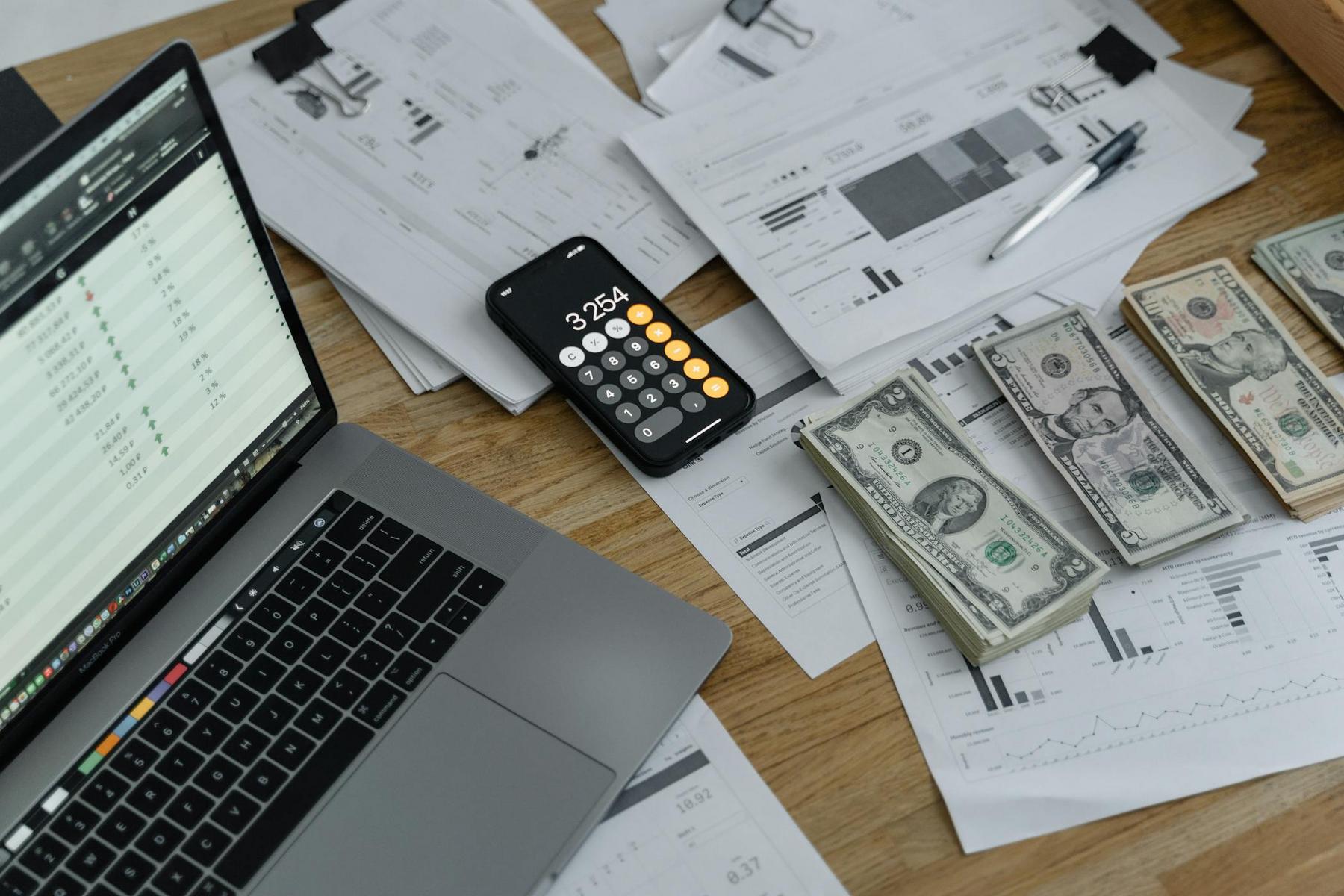
In the rhythm of business finance, some expenditures hit like a quick drum beat – immediate and fleeting. Others resonate like a sustained bass note, providing value long after the initial investment. These longer-term investments are what accountants call capital expenses (CapEx), and understanding them can be the difference between a one-hit-wonder and a platinum-selling financial strategy for your creative business.
A capital expense represents an investment in an asset that will provide benefits to your business beyond the current financial year. Think of it as the musical equipment that lets you produce albums for years, rather than the guitar strings you replace monthly.
The Australian Accounting Standards Board (AASB) Standard 116 provides the official framework, stipulating that to qualify as a capital expense, the expenditure must:
Common examples for creative businesses include:
The fundamental principle is that capital expenses create business assets that appear on your balance sheet rather than immediately reducing your profit. Instead of being fully expensed at purchase, they are gradually written off through depreciation or amortization over their useful life.
The distinction between capital and operating expenses is like the difference between buying a touring van (CapEx) versus paying for petrol (OpEx). Both are necessary, but they play different roles in your financial composition.
| Characteristic | Capital Expenses (CapEx) | Operating Expenses (OpEx) |
|---|---|---|
| Timeframe | Long-term benefit (years) | Short-term benefit (within 12 months) |
| Balance Sheet | Recorded as assets | Not recorded on the balance sheet |
| Income Statement | Affected through depreciation | Fully expensed when incurred |
| Tax Treatment | Depreciated/amortized over time | Immediate tax deduction |
| Examples | Studio equipment, property | Rent, utilities, supplies |
| Cash Flow Impact | Large initial outlay | Smaller, recurring costs |
| Business Value | Builds tangible asset base | Maintains operations |
| Investment Nature | Building capacity | Maintaining operations |
For example, a graphic designer purchasing a high-performance computer system for $5,000 would classify it as a capital expense, as the equipment will offer benefits over several years. Conversely, a recurring monthly expense like paying for cloud storage is treated as an operating expense.
Understanding capital expenses is crucial for creative entrepreneurs for several reasons:
Major equipment purchases require careful planning. By recognizing these as capital expenses, professionals can develop a depreciation schedule that spreads tax benefits over the useful life of the asset.
Capital expenses involve significant upfront outlays but provide long-term benefits. Understanding this helps in planning liquidity and managing cash flow effectively.
Capital assets enhance the balance sheet, which can significantly influence the valuation of a creative business, especially during a sale or investment round.
Investments in high-quality assets can unlock higher-tier clients and premium pricing, ultimately driving business growth and expanding operational capacity.
In Australia, capital expenses are treated with specific accounting and tax guidelines. Instead of deducting the full cost immediately, these expenses are depreciated over the asset's useful life according to ATO guidelines. For example, recording equipment might be depreciated over 5-10 years, while computer systems may have a shorter depreciation span of 3-5 years.
The Australian tax system also offers the instant asset write-off, which allows eligible businesses to immediately deduct the cost of assets under a set threshold (currently $20,000 for many businesses), turning a traditional capital expense into an immediate tax advantage.
Creative professionals often face unique capital expense decisions. Some relevant categories include:
Investments in high-end cameras, editing workstations, specialized software, and stabilization equipment are common among creative industries because they offer long-term benefits across multiple projects.
For those in audio and performance, investing in recording studios, rehearsal spaces, and sound treatment facilities represents a significant capital outlay with lasting value.
Costly investments in the development of proprietary content, creative methods, or unique platforms can also qualify as capital expenses when they generate enduring benefits.
Investing in setups that support both in-house and remote collaboration can be categorized as a capital expense, reflecting the shift in working models post-2020.
Successful creative entrepreneurs approach capital expenses strategically by:
Capital expenses are not just accounting entries—they are strategic investments that amplify creative output and build long-term business value.
If it provides benefits beyond 12 months, exceeds your business's capitalization threshold (typically $1,000), and represents a physical asset or significant improvement, then it is likely a capital expense. Operating expenses are recurring costs that maintain rather than enhance assets.
Yes, major software purchases that cost several thousand dollars and have multi-year licenses can be capitalized. However, cloud-based subscription software is usually treated as an operating expense.
The instant asset write-off allows eligible businesses to immediately deduct the cost of assets under a specific threshold (currently $20,000 in Australia), providing immediate tax benefits and simplifying record-keeping.
Maintain comprehensive documentation including purchase invoices, payment records, asset descriptions, installation dates, and estimates of useful life. Photos of the equipment with serial numbers are also recommended for insurance and ATO review.
Capital assets enhance your balance sheet and can serve as collateral, which may improve financing options. However, excessive capital investments need to be balanced with revenue generation to avoid cash flow issues.
Sign up to receive relevant advice for your business.